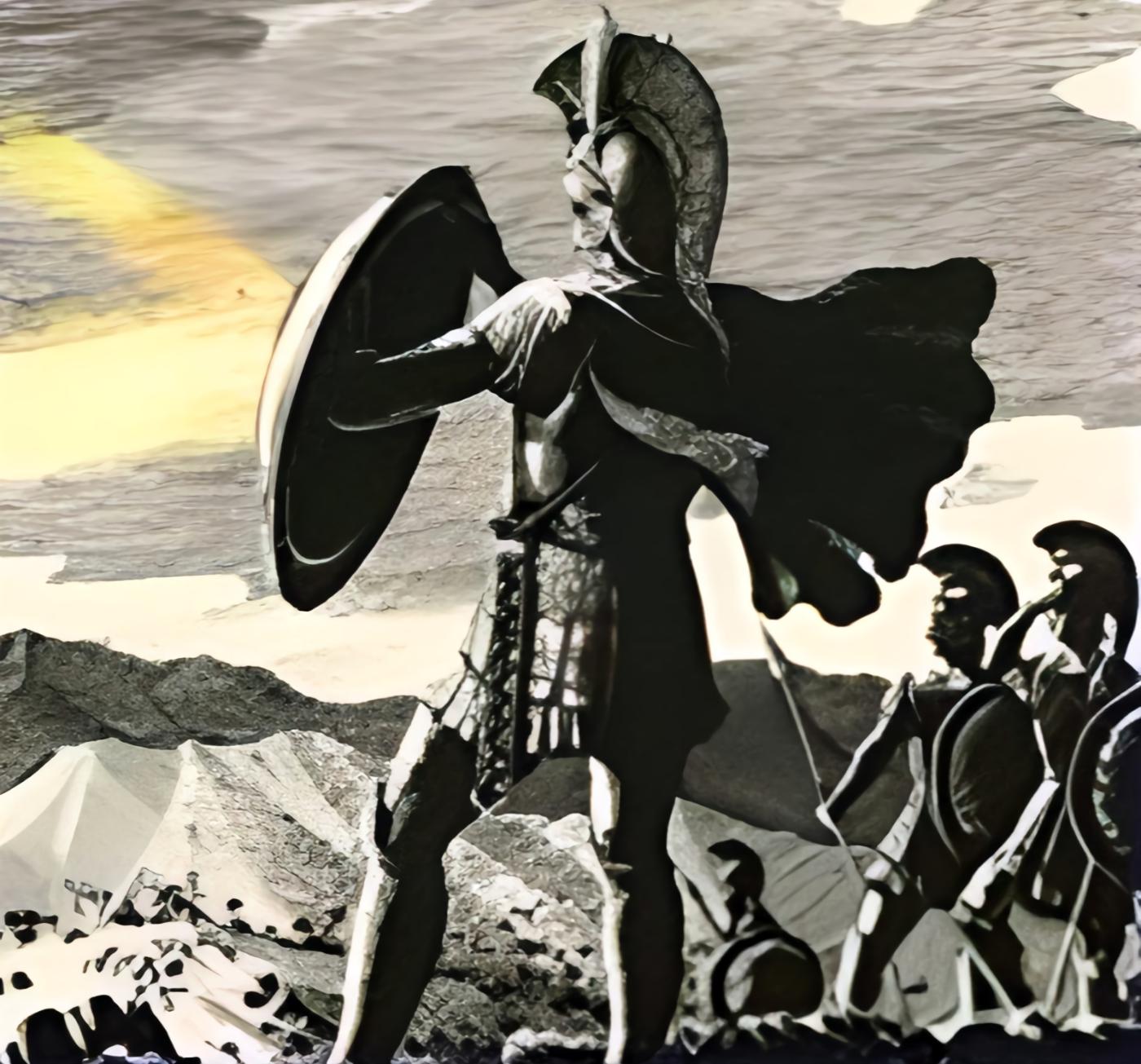History of Message Delivery: From Couriers to Fire Towers, and Electric Current
In the middle of the combat, the Ancient Greeks utilized sunlight by combining it with polished shields to send signals miles away.

In the middle of the combat, the Ancient Greeks utilized sunlight by combining it with polished shields to send signals miles away.

